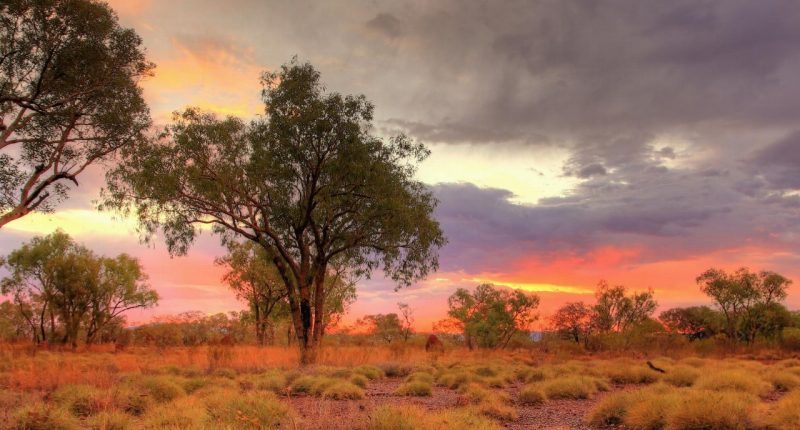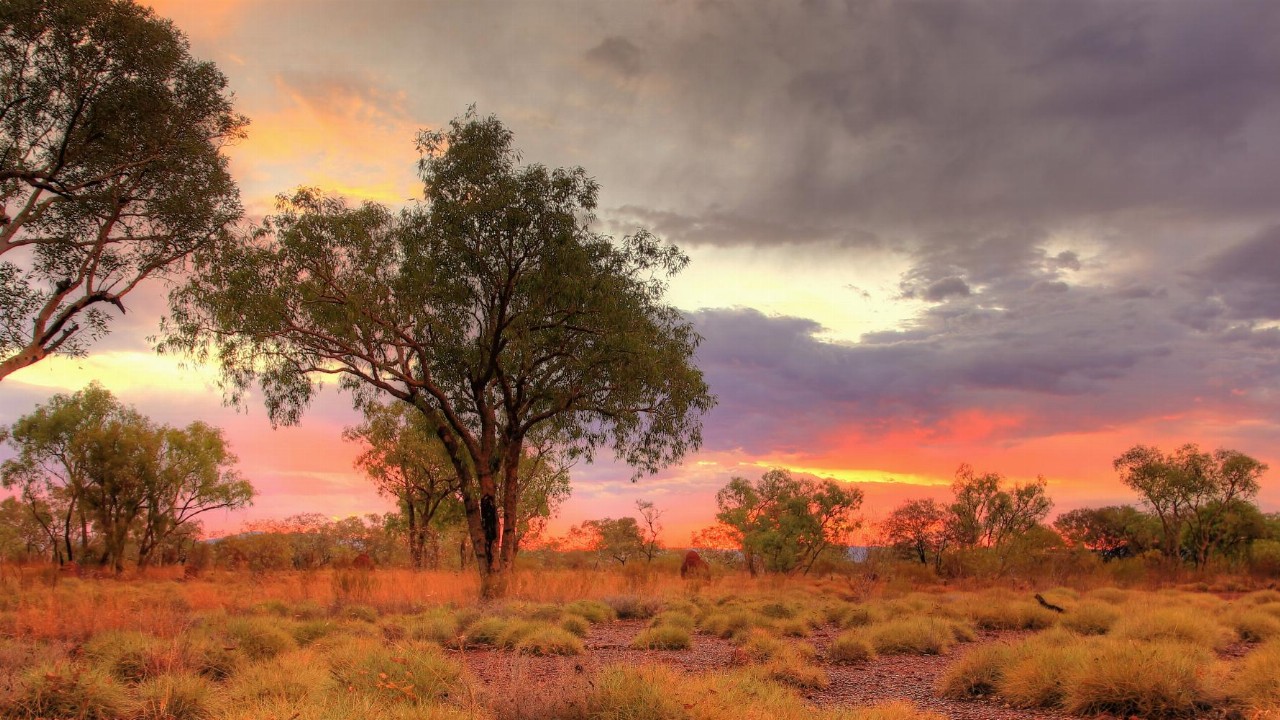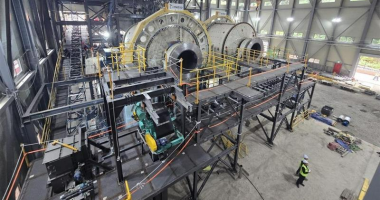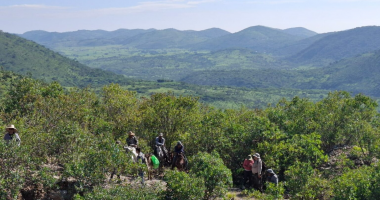- While few mining regions around the world are as prolific as the Pilbara, the Kimberley has cemented itself as an up-and-comer in its own right
- Exploration in the Kimberley had previously been hampered by inaccessibility and a lack of infrastructure
- However, increased government support and a pipeline of interesting projects has lifted activity in the region to a new level in recent years
- Dreadnought Resources is one of the more junior companies poised to succeed, with an extensive land package known as Tarraji-Yampi
- The company is following a path set out by larger rivals like Chalice Mining and IGO, which hold tenements in the same area
- Dreadnought Resources finished trading on Monday at 2.4 cents per share
When Rio Tinto’s iconic Argyle Diamond Mine was finally closed in November last year — after 37 years of activity during which more than 865 million carats of rough diamonds were extracted — one of the major questions was: what next for the Kimberley’s resource sector?
Widely credited with pioneering the fly-in fly-out model, the mine served as the foundation upon which mining in Western Australia’s northernmost region was built. It paved the way for all manner of projects, from gold to iron ore, which collectively generated $765 million in 2019-2020. While that figure pales in comparison to the $103 billion worth of resources pulled from the Pilbara in the same year, the Kimberley has cemented itself as a reliable provider of minerals and energy in its own right.
A report, published in 2005 by ACIL Tasman and WorleyParsons on behalf of Western Australia’s Department of Industry and Resources, argued that while Western Australia has a generally positive climate for mineral exploration, the Kimberley is largely under-explored.
“This principally is due to its remoteness, the high cost of exploration, the short field season due to the Wet season, and, until recently, the paucity of pre-competitive exploration data compared with other regions of Western Australia,” the report said.
But in the years since, the situation has improved. A growing number of active projects now dot the rugged landscape — like Buru Energy’s Ungani oilfield, located halfway between Broome and Derby, and Panoramic Resources’ nickel, copper and cobalt-producing Savannah mine — which have given a boost to both accessibility and the rate of infrastructure development.
In May this year, the Western Australian Government also pledged $43.5 million for a second phase of upgrades to the Great Northern Highway, which stretches almost 3200 kilometres from Perth to Wyndham.
“Upgrading the Ord River section of Great Northern Highway between Halls Creek and the Victoria Highway turn-off is vital as it is a key part of Western Australia’s high-wide-load corridor and provides access to remote communities, surrounding mining and pastoral leases and to the Port of Wyndham,” said Michael McCormack, then-Deputy Prime Minister and Minister for Infrastructure, Transport and Regional Development.
“This is what the Australian Government’s $110 billion investment pipeline is all about — getting Australians home sooner and safer while boosting local economies as we bounce back from the COVID-19 pandemic.”
A substantial queue of exploration and development projects means the trend is likely to continue, with up-and-comers like Sheffield Resources developing their Thunderbird mineral sands project.
So far, preliminary groundworks have been completed, along with initial mine site construction and a trial mining program.
Dreadnought Resources is another leading the charge. The junior explorer holds an enviable land package — the second largest in the West Kimberley region — east of Derby, sandwiched among other promising tenements held by Chalice Mining and IGO.
The main project area, Tarraji-Yampi, had been off-limits as a reserve for the Department of Defence since 1978, but was unlocked in 2013 under the Commonwealth Government’s co-existence regime, which is designed to balance the Defence’s needs with the requirements of others, like Aboriginal groups, the resource sector, pastoralists and the State Government.
There are three styles of mineralisation to be found at Tarraji-Yampi: volcanogenic massive sulphide (VMS); Proterozoic copper and gold (IOCG); and magmatic sulphide nickel, copper and platinum-group elements (PGE). In layman’s terms, that means there are several promising nickel, copper and gold targets that have so far been identified using TVEM surveys and surface sampling, along with the re-interpretation of historical drilling information.
One of Dreadnought’s more promising targets is the Orion nickel sulphide prospect, which sits within the Ruins Dolerite — the same structure that underscores Chalice’s Hawkstone Project.
According to the results of a ground-based FLEM survey published in May, there are three strong conductors at Orion that are coincident with magnetic anomalies hosted in the Ruins Dolerite. These conductors — the strongest identified to date — provide a significant basis for drilling work later this year, for which approvals have already been received.
That exploration work is supported by a $3 million financing that was completed in April, $1.8 million of which will be used exclusively for diamond and reverse circulation drilling in the Kimberley. Dreadnought said it will focus not just Orion, but also the Texas target a few kilometres to the west, as well as the Fuso and Paul’s Find copper and gold targets to the south and the Chianti-Rufina copper, zinc and silver prospects, also to the west.
Importantly, the growing levels of activity in the battery metals-rich Kimberley coincide with the increasing global push for green energy — something Chalice Mining, for example, has been sure to capitalise on. In a corporate presentation published in early May, the company stressed the importance of nickel, copper and platinum in decarbonising the global economy — the sort of rhetoric that’s helped its share price soar 600 per cent over the last 12 months to more than $7.
It could therefore be argued that Dreadnought, with a share price of just 2.4 cents, bears many of the same characteristics as a younger Chalice: a significant land holding in a mineral-rich and under-explored region, and a strong management team with a history of notable successes — all of which exist in one of the most favourable mining climates in the world.
Of course, it would be absurd and quite reckless to assume that Dreadnought will inevitably follow the path already laid out by the likes of Chalice. But, as venture capitalist Brad Feld once said: “You don’t have to believe history repeats itself, but you should accept that history rhymes.”
Dreadnought Resources finished trading on Monday at 2.4 cents per share.








